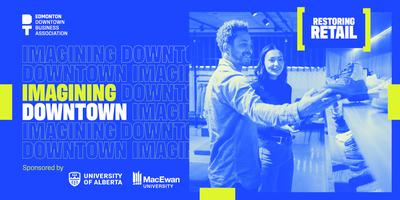David A
Senior Member
I don't follow Gunter closely, but it seems to me he has always been against more LRT and bike lanes. I don't think his positions change, so perhaps he is like a broken clock. He may be right once and a while, but not that often and it is fleeting.
His arguments would about public safety would actually be much better if he just left out that gratuitous swipe at LRT and bike lanes at the end, but either he just can't resist or its like red meat to his followers and he is trying to throw it to them to keep them happy.
His arguments would about public safety would actually be much better if he just left out that gratuitous swipe at LRT and bike lanes at the end, but either he just can't resist or its like red meat to his followers and he is trying to throw it to them to keep them happy.





